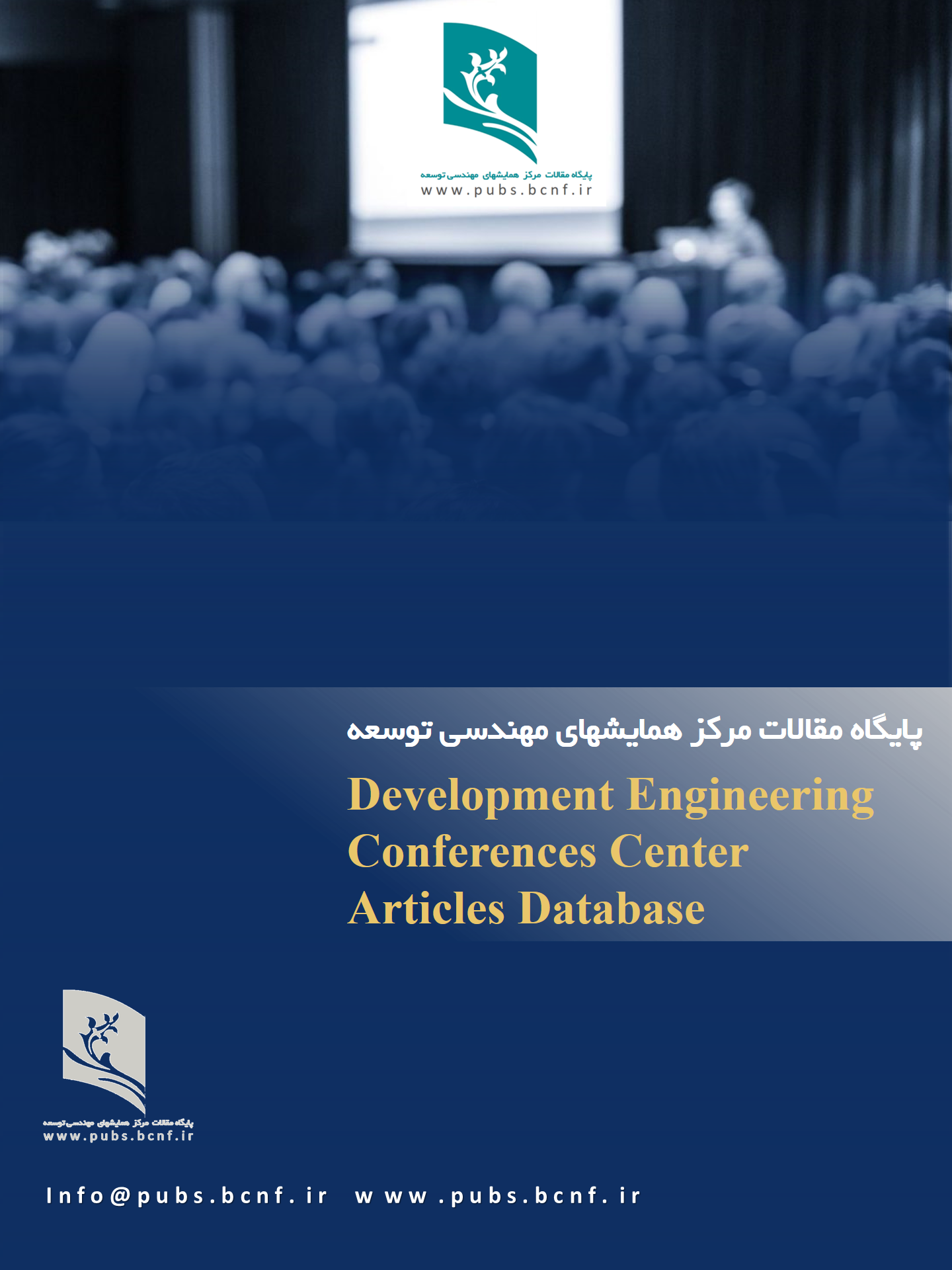Pharmacokinetic Profiling of Ursodoxycholic Acid Using a Validated 2D-LC-MS/MS Approach
DOI:
https://doi.org/10.5281/zenodo.17057993Keywords:
pharmacokinetics, Ursodoxycholic Acid, therapeutic monitoring, 2D-LC-MS/MS, clinical application, analytical chemistryAbstract
This study explores the pharmacokinetic behavior of Ursodoxycholic Acid (UDCA) in human subjects using a validated two-dimensional liquid chromatography-tandem mass spectrometry (2D-LC-MS/MS) method. The method employs precise calibration and internal standardization with Valsartan, achieving consistent linearity (R² > 0.995) and low detection limits (50 ppb). Analytical method validation included tests for accuracy, reproducibility, matrix effects, and robustness, following ICH and EMEA guidelines. The validated method was applied to clinical plasma samples from volunteers receiving UDCA, providing detailed pharmacokinetic profiles over 72 hours. The results highlight the method's capability to support therapeutic drug monitoring and pharmacokinetic modeling of UDCA, emphasizing its reliability and applicability for advanced clinical research.
Downloads
References
1. Boscolo, P., et al. (2020). Advances in bile acid quantification using liquid chromatography-tandem mass spectrometry. Journal of Chromatographic Science, 58(7), 567–578.
2. EMEA. (2011). Guideline on bioanalytical method validation. European Medicines Agency. Available at: https://www.ema.europa.eu.
3. ICH. (2019). M10: Bioanalytical Method Validation. International Council for Harmonisation of Technical Requirements for Pharmaceuticals for Human Use. Available at: https://www.ich.org.
4. Jones, A., et al. (2021). High-throughput analysis of plasma biomarkers using advanced LC-MS/MS techniques. Analytical Chemistry, 93(12), 4958–4970.
5. Kim, H. S., et al. (2021). Comprehensive review on bile acid biomarkers and their clinical applications. Pharmaceutical Research, 38(5), 901–917.
6. Li, T., et al. (2021). Matrix effects in LC-MS/MS quantification: Advances in mitigation strategies. Bioanalysis, 13(3), 149–165.
7. Ma, J., et al. (2022). Quantification of bile acids in human plasma using 2D-LC-MS/MS: A comparative study. Journal of Pharmaceutical and Biomedical Analysis, 210, 114422.
8. Patel, S., et al. (2022). Implementation of high-throughput LC-MS/MS in pharmacokinetic studies: Challenges and opportunities. Bioanalysis, 14(7), 529–543.
9. Smith, D., & Taylor, R. (2020). Optimizing internal standard selection for bioanalytical methods. Trends in Analytical Chemistry, 125, 115986.
10. Wang, Y., et al. (2020). Development and validation of a rapid LC-MS/MS method for therapeutic drug monitoring. Clinical Pharmacokinetics, 59(5), 623–635.
11. Zhang, X., & Lin, H. (2022). Bile acid quantification: Emerging tools and applications in clinical pharmacology. Therapeutic Advances in Chronic Disease, 14, 20406223221123456.
12. Zhao, L., et al. (2020). Advances in 2D-LC-MS/MS for bioanalytical applications: Resolving complex matrices. Journal of Analytical Science, 45(10), 788–802.
13. Zhou, Y., et al. (2021). Innovations in 2D-LC techniques for pharmacokinetic analysis of low-abundance analytes. Analytical and Bioanalytical Chemistry, 413(8), 1987–1998.



